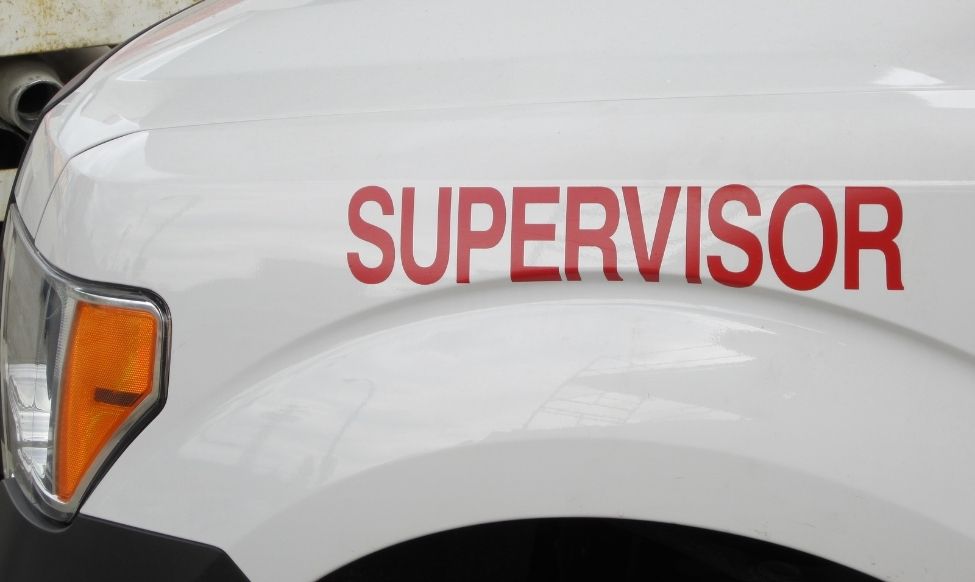An employer’s liability for workplace harassment could turn on whether the harasser meets the Supreme Court’s newly adopted definition of “supervisor” of the victim, according to the Court’s opinion in Vance v. Ball State University, handed down on June 24, 2013.
Petitioner Maetta Vance, an African-American woman, had worked in the Ball State’s Banquet and Catering Department since 1989. Over the course of her employment there, Vance made numerous complaints regarding her interactions with Saundra Davis, a white catering specialist in her department. Vance filed complaints with the university and charges with the Equal Employment Opportunity Commission (EEOC), alleging racial harassment and discrimination, mainly stemming from her interactions with Davis.
Despite these efforts, the problem persisted. Vance eventually filed a lawsuit in 2006 in the United States District Court for the Southern District of Indiana, alleging that she had been subjected to a racially hostile work environment in violation of Title VII of the 1964 Civil Rights Act. Vance alleged that Ball State was liable for the hostile work environment created by Davis, whom Vance alleged was her supervisor.
Under Title VII, an employer’s liability for workplace harassment depends on whether the harasser is considered a co-worker or a supervisor. If the harasser is the victim’s co-worker, the employer may defend itself simply by showing that it was not negligent in addressing harassment complaints. However, if the harasser is the victim’s supervisor and no “significant change in employment status” occurs, such as the victim’s firing or demotion, the employer may avoid liability only by establishing that “(1) the employer exercise reasonable care to prevent and correct any harassing behavior and (2) that the plaintiff unreasonable failed to take advantage of the preventive or corrective opportunities that the employer provided.” If a significant change in employment status does occur, the employer is strictly liable.
In Vance’s case, the District Court granted Ball State’s motion for summary judgment, finding that the university was not vicariously liable for Davis’s actions because Davis, who did not have firing power over Vance, was not, in fact, Vance’s supervisor. The Seventh Circuit affirmed, and eventually so did the Supreme Court. The Court rejected the “nebulous” definition of “supervisor” in the EEOC guidelines, instead specifically defining “supervisor” as an employee who has the power “to take tangible employment actions against the victim, i.e., to effect a ‘significant change in employment status, such as hiring, firing, failing to promote, reassignment with significantly different responsibilities, or a decision causing a significant change in benefits.’”
Writing for the majority, Justice Alito explained that, in the Court’s mind, the newly adopted definition of “supervisor” would eliminate the question of supervisor status from a trial, which in turn “will focus the efforts of the parties, who will be able to present their cases in a way that conforms to the framework that the jury will apply.”
But Justice Ginsburg, joined by Justices Breyer, Sotomayor, and Kagan, argued in her dissent that the majority’s decision “ignores the conditions under which the members of the work force labor, and disserves the objective of Title VII to prevent discrimination from infecting the Nation’s workplaces.” The majority’s definition of “supervisor,” according to Justice Ginsburg, “strikes from the supervisory category employees who control the day-to-day schedules and assignments of others.” Although Justice Ginsburg herself questioned whether Davis would qualify as Vance’s supervisor even under this more relaxed definition, she lamented that “the Court has seized upon Vance’s thin case to narrow the definition of supervisor, and thereby manifestly limit Title VII’s protections against workplace harassment.”
Employers should take care not to view this employer-friendly decision as shielding them from hostile workplace claims. Instead, employers should take the opportunity to review their internal policies to ensure they provide for the prompt investigation of any such allegations and that employees are trained and remain up-to-date with Equal Employment Opportunity laws.

